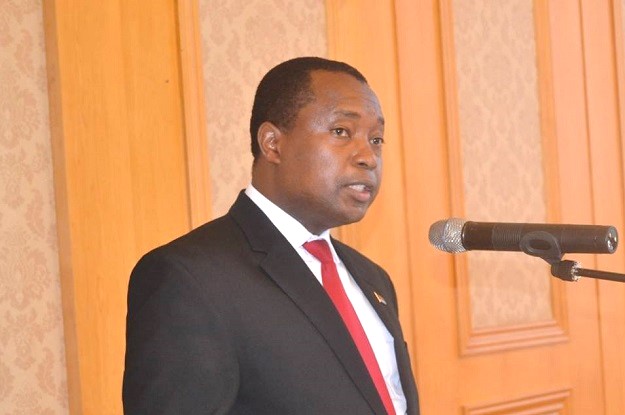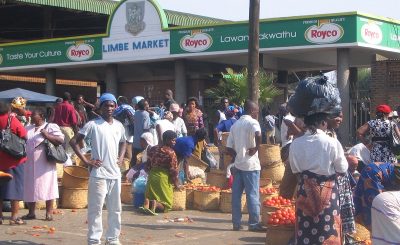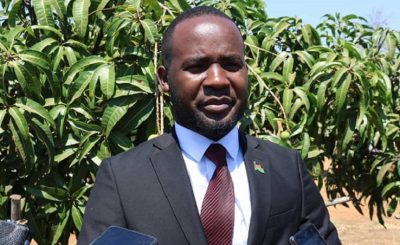Consumers in the country should expect to get loans from commercial banks at a lower cost following the reduction of the policy rate by the central bank to 14.5% from 16%.
For at least 12 months, the Reserve Bank of Malawi (RBM) maintained the policy rate at 16%, but at its Monetary Policy Committee (MPC) meeting on Wednesday, the central bank arrived at a decision to cut the rate by 150 basis points from 16% to 14.5%.
RBM governor and MPC chairperson Dr. Dalitso Kabambe observed that this will induce public sector borrowing as commercial banks will lend consumers at a lower interest rate following the slash.
RBM has indicated that commercial banks will use Lombard rate at 14.9 percent from 18.0 percent after the reduction by 310 basis points.
This means that now banks will not compete on lending base rate as they will be using the 14.9 percent as directed by the central bank.
The amount of money the commercial bank maintain with the central bank without earning interest known as Liquidity Reserve Ratio (LRR) has been reduced by 250 basis points to 5 percent from 7.5 percent for domestic currency deposits.
Foreign currency deposits have been reduced by 375 basis points moving from 7.5 percent to 3.75 percent.
“The MPC noted significant improvement in macroeconomic outlook, operations of the interbank market and the liquidity levels in the banking system,” Kabambe announced at a news conference in Blantyre.
“The improvement in this market has resulted in reduced recourse of commercial banks to RBM’s Lombard facility.
“We also noted that for the first time, since mid-2012, real private sector credit growth has turned positive over the past four months hence the reductions.”
Dr. Kabambe also said that the monetary policy will continue to anchor inflation in 2019 and has projected that inflation will maintained on the downward trajectory.
“The headline inflation is now projected to average 8.5 percent and a medium term inflation outlook paged at 5 percent, from earlier projection of 10.1 percent, this will be as a result of improvement in food supply which is likely to be as a result of the expected pumper harvest, stability of the exchange rate and low global oil prices,” he said.
The economic growth outlook is projected to rebound to over 4.5 percent in 2019 from 4.1 percent as projected in September, 2018, this is on the back of favorable weather conditions and stable macroeconomic environment.
“The stability of the Kwacha is expected to continue on the back of adequate foreign exchange reserves which at the end of December 2018 stood at 3.61 months of imports.”
“The Kwacha’s stability will as well be buoyed by the agriculture marketing season which is expected to commence in the next two to three months,” he said while adding, “It is therefore projected that the exchange rate stability witnessed in the past two years will spill over to 2019.”





fantastic issues altogether, you just won a new reader.
What would you suggest about your publish that you simply made some days in the
past? Any sure?